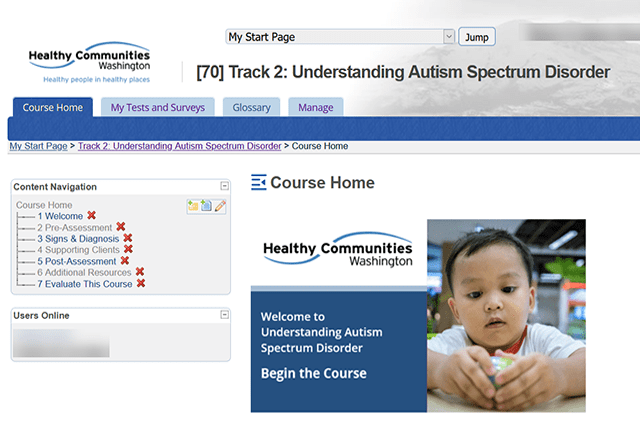Training is about more than just giving information; it’s also about behavior change.
In the health industry, you might be familiar with guiding patients or clients to pick up healthier habits. But this idea applies to educators too. Any trainer’s goal is to help their learners positively influence their behavior.
At Talance, we focus on promoting behavior change in our training. We want learners to be open to the information we provide and be willing to change how they act based on that knowledge. This holds true for any new skill they’re learning.
[Related: 7 Must-have Soft Skills to Prioritize for Your Next Hire]
When planning your next training project, think about the importance of behavior change. Think about how you can encourage behaviors that match up with applying new skills. Help learners get into a frame of mind where they can soak up and use new information effectively.
In short, use what you already know about behavior change, and you’ll be on the way to a better course.
Let’s look at how you can go about that.
Understanding Behavior Change in Training
Behavior change is one of the most basic parts of a training program. It involves guiding a learner to better actions, habits and attitudes.
You may be thinking about training as giving information, but it’s much more than that. It’s actually about empowering learners to take action, not only at work but also in their daily lives.
You’ve probably sat through a course where you memorized information for a test. Then, you were able to select the correct answers and pass.
But ask yourself, did you really learn the material?
Were you able to use what you learned?
You want the answers to those questions to be “yes.”
So, you want your training to be focused on pushing learners toward using those skills you gave them. And you want to be able to measure their progress.
Now, focus on behavior change, and you’ve got a tool that will push your learners toward growth. They’ll be able to drop bad habits (such as using equipment the wrong way or interacting with clients poorly) and pick up new ones (like successfully using a new documentation system or showing off new core skills).
The Stages of Change in Learning
People who work in health often refer to the stages of change. This is sometimes called the “Transtheoretical Model,” and it’s a structure developed by psychologists James Prochaska and Carlo DiClemente to show how people travel on the road to improvement.
They are precontemplation, contemplation, preparation, action and maintenance. Sometimes, there’s another stage called termination, which means that a person has completed integrated a new behavior into their lives and no longer needs to make changes.
They related to learners too.
Understanding how these stages work with learners will help you meet your learners’ needs and also keep leading them along a positive path.
Precontemplation
Some learners may be in the precontemplation stage, meaning that they aren’t aware of needing any training or picking up new knowledge or skills.
They might say, “I don’t really see the need to learn this right now. It doesn’t seem connected to my goals.”
In this stage, you can use engaging and thought-provoking content to keep them interested create a sense of relevance.
People learn better if they think what they’re learning is connected to their life or job.
Contemplation
Learners in the contemplation stage start to think about the benefits of learning. But they may still feel unsure and they’re not quite taking a step.
You could hear, “I should probably do this course I’ve been thinking about, because it could improve my career.”
You can address this by giving clear and persuasive reasons for learning. Show them some success stories of others to motivate learners to move forward.
Preparation
During the preparation stage, learners have decided to start with training and are actively planning to do so.
They say things like: “I’m excited about this course I just found that starts in September. I’m going to sign up next week.”
Help them take the next step by giving them resources, time to dedicate to training and guidance on setting achievable learning goals, like an annual plan.
Action
The action stage is when learners are completely on board. They’re actively working at learning activities. They are asking questions, completing modules, using the goals and materials you offered them. And, they’re really putting effort into those new knowledge or skills.
You’ll see them taking courses and actively participating.
Keep helping them along at this stage. Give them good support, regular feedback and ways for them to practice their new skills.
Maintenance
Learners in the maintenance stage are keeping up on their new skills. They’re looking for more training opportunities, refreshing their licenses and downloading related information to keep learning.
You can support them by regularly more chances to learn. Keep giving them ways to practice and give them lots of support. This keeps them engaged.
When you start thinking about how education is actually behavior change, it will become easier for you to apply your own knowledge to helping your team succeed.
Keep encouraging the kinds of behaviors with your staff that match up with the goals of your program and their job. When they are in the frame of mind that encourages constant learning, they’ll become an even more powerful employee for your agency.



